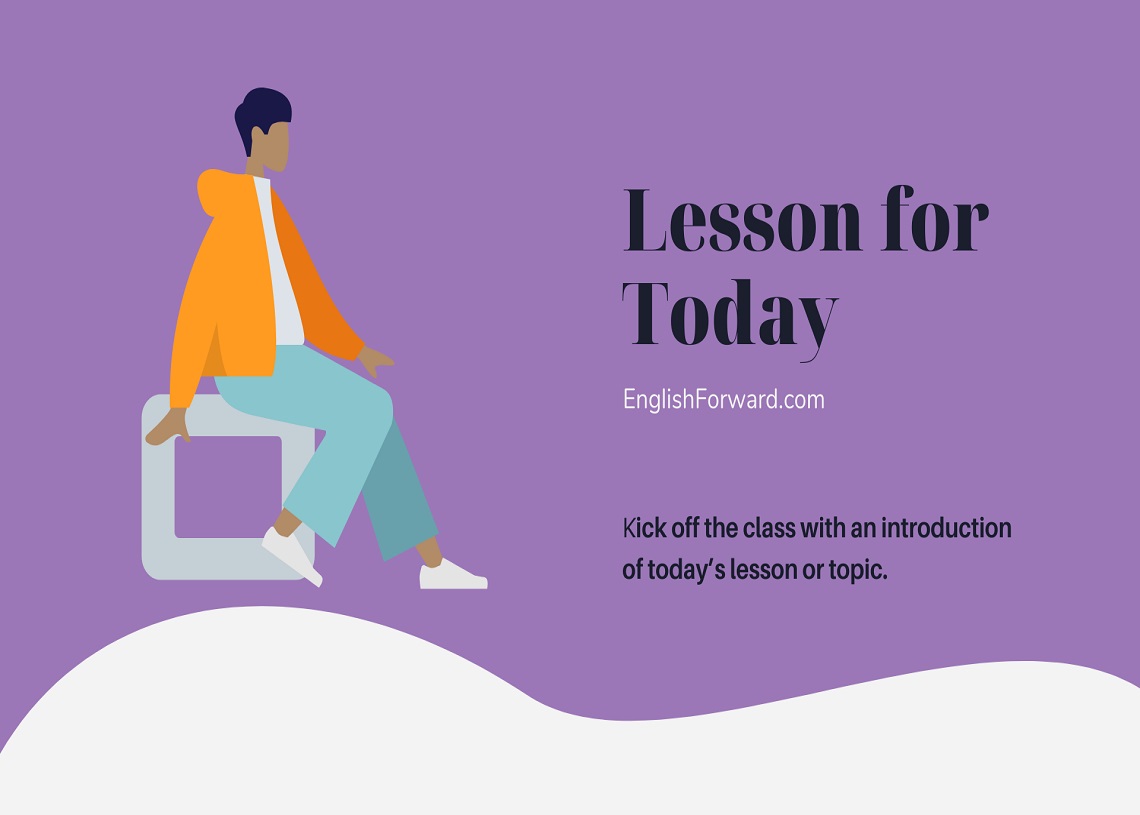What are the 8 be verbs?
We use “be” verbs in English to indicate a state of being. They take many forms depending on the subject and tense. Here is a be verbs list:
- am
- are
- is
- was
- were
- been
- being
What is a simple form of a verb?
One of the factors that determine the be verb you use in English is the subject, which may be singular or plural:
- am; are
- is; are
- was; were
For example:
- I am eating; we are eating
(I = subject; eating = verb)
- he is teaching; they are teaching
(he = subject; teaching = verb)
- I was driving; we were driving
(She = subject; driving = verb)
“been” and “being” do not change with the plural or singular form in English.
Variations of be verb with Tense
The “be verb” can also change according to the four English tenses: present tense; past tense; past participle; present participle.
Present tense vs. past tense of be verbs
- I am; I was
Example in singular form: I am cycling; I was cycling
Example in plural form: we are cycling; we were cycling
- You are; you were
Example in singular form: you are happy; you were happy
Example in plural: they are late; you were late
- he/she/it is; he/ she/ it was
Example in singular: he/she/it is fast; he/ she/ it was fast
Example in plural: they are fast; they were fast
Be verb in past participle tense: been
Example: they have been playing
Example: I have been idling
Be verb in present participle tense: being
Example: you are being stubborn
What does to be verb mean?
Use in Negative Sentences (“to be” verb + not)
You can write negative sentences with “to be” verbs by adding the word “not.” For example:
- he is happy; he is not happy
- you are sleepy; you are not sleepy
- they were crying; they were not crying
Be verb sentences with questions
They can be used to construct “yes” or “no” questions in English by using the be verb at the start of the question.
Example: Are you single?
Example: Is she your friend?
Example: Am I in trouble?
Be verbs can also be used to ask questions in progressive forms in the same way as above.
Example: Is it raining outside?
Example: Am I seeing you today?
Example: Are the kids coming over?
Note: “be” in itself is used as an auxiliary verb and not a “to be verb”
Passive voice
Be verbs can also be used in passive voice to show more interest in the person/ object receiving the action than the person/ object executing it. In this case, you cannot use the base form of the verb (that is, you have to add “es”, “ed” or “ing”).
Example: the ball was kicked by the boy
Example: they were massaged at home
Practice questions
- We _______ going to school early tomorrow (is, are)
- I________ in the bathroom when you called (were, was)
- You have _______ very busy lately (being, been)
- I was ______ funny (been, being)
- They are ______ in business anymore (always, not)
- He ______ _______ in class today (were not, was not, is not)
- _______ James your neighbor? (are, is)
- ________ students allowed in the staff room? (were, was)
Answers: are, was, been, being, not, was not, is, were/was


 Clap
Clap
